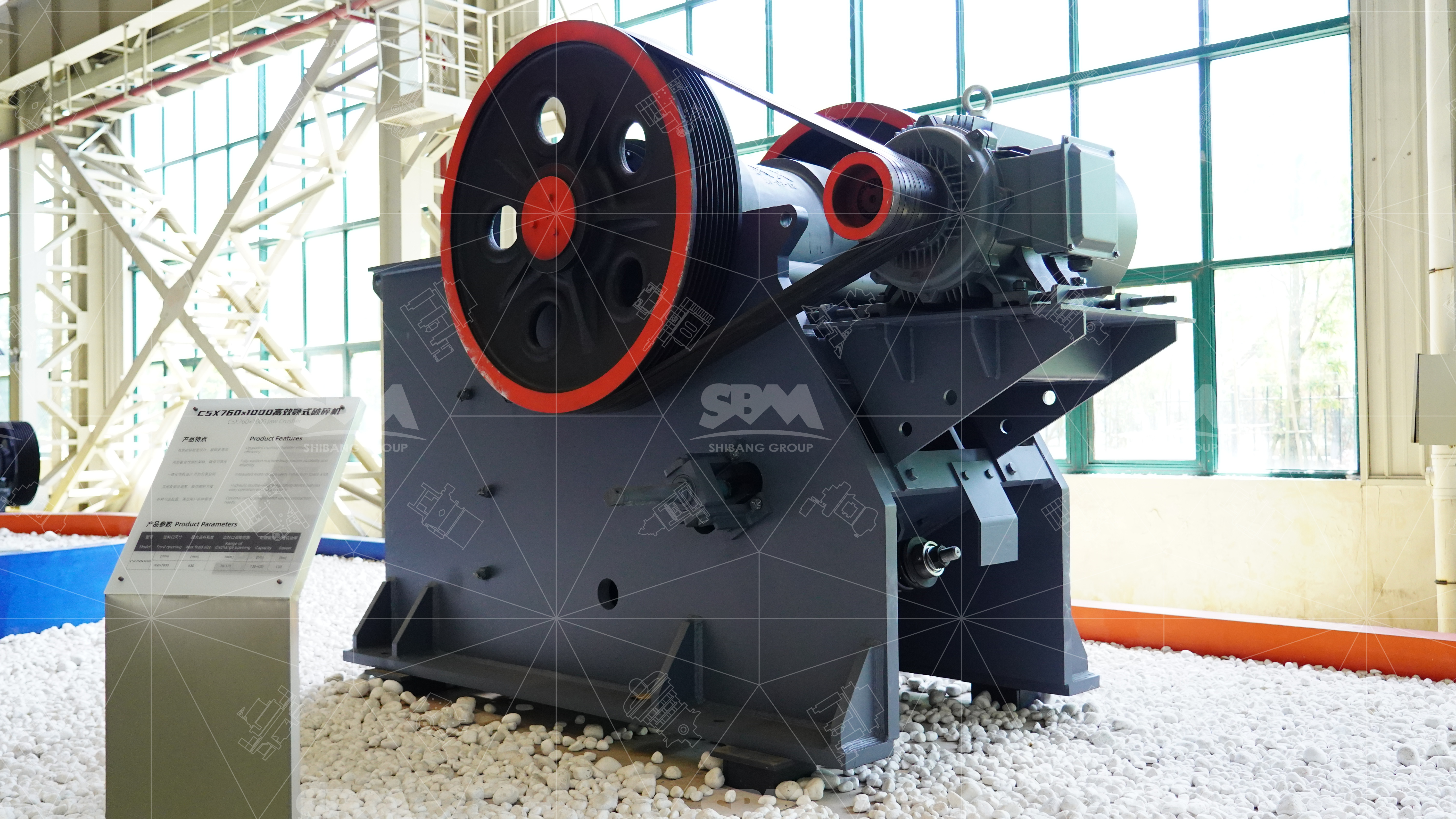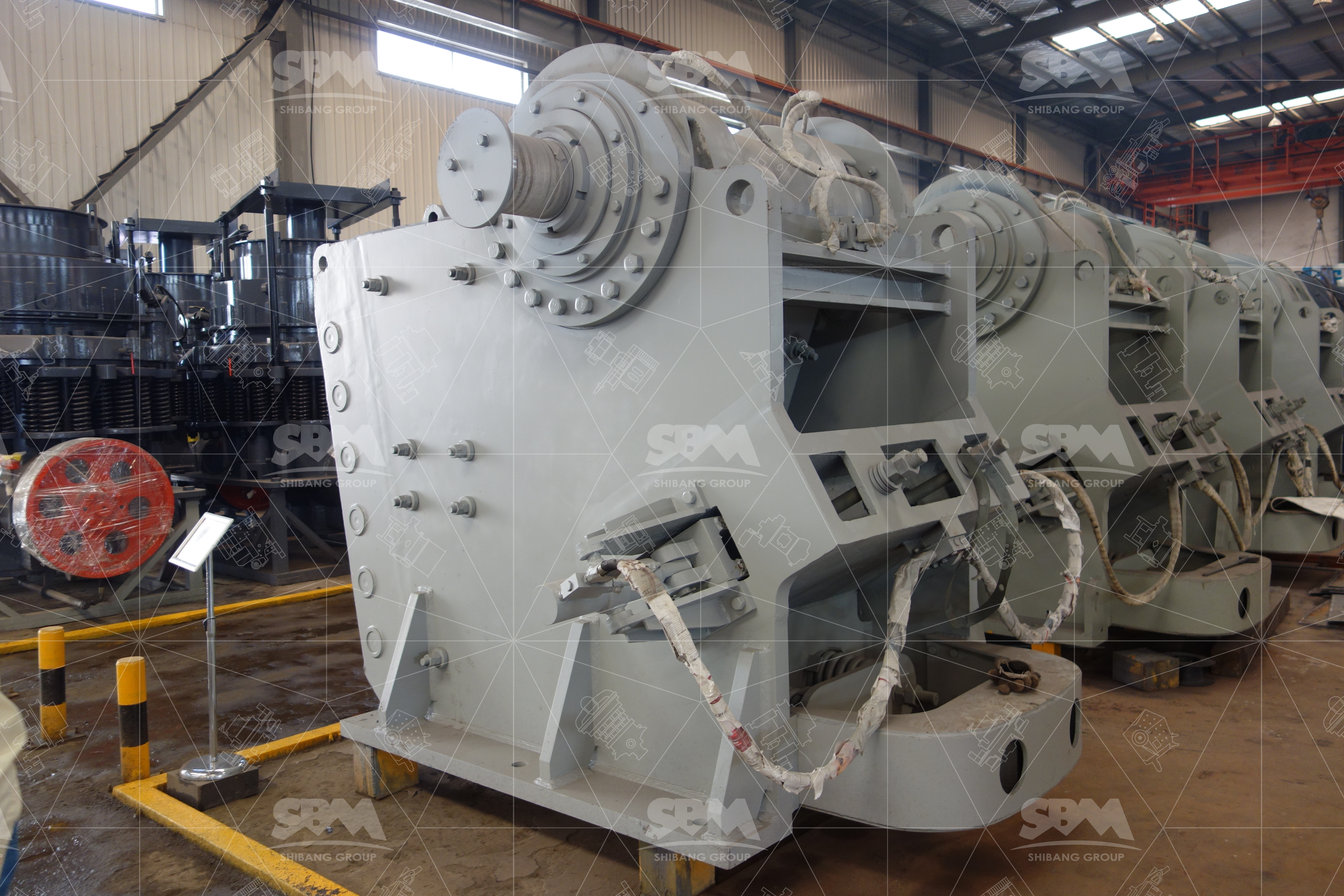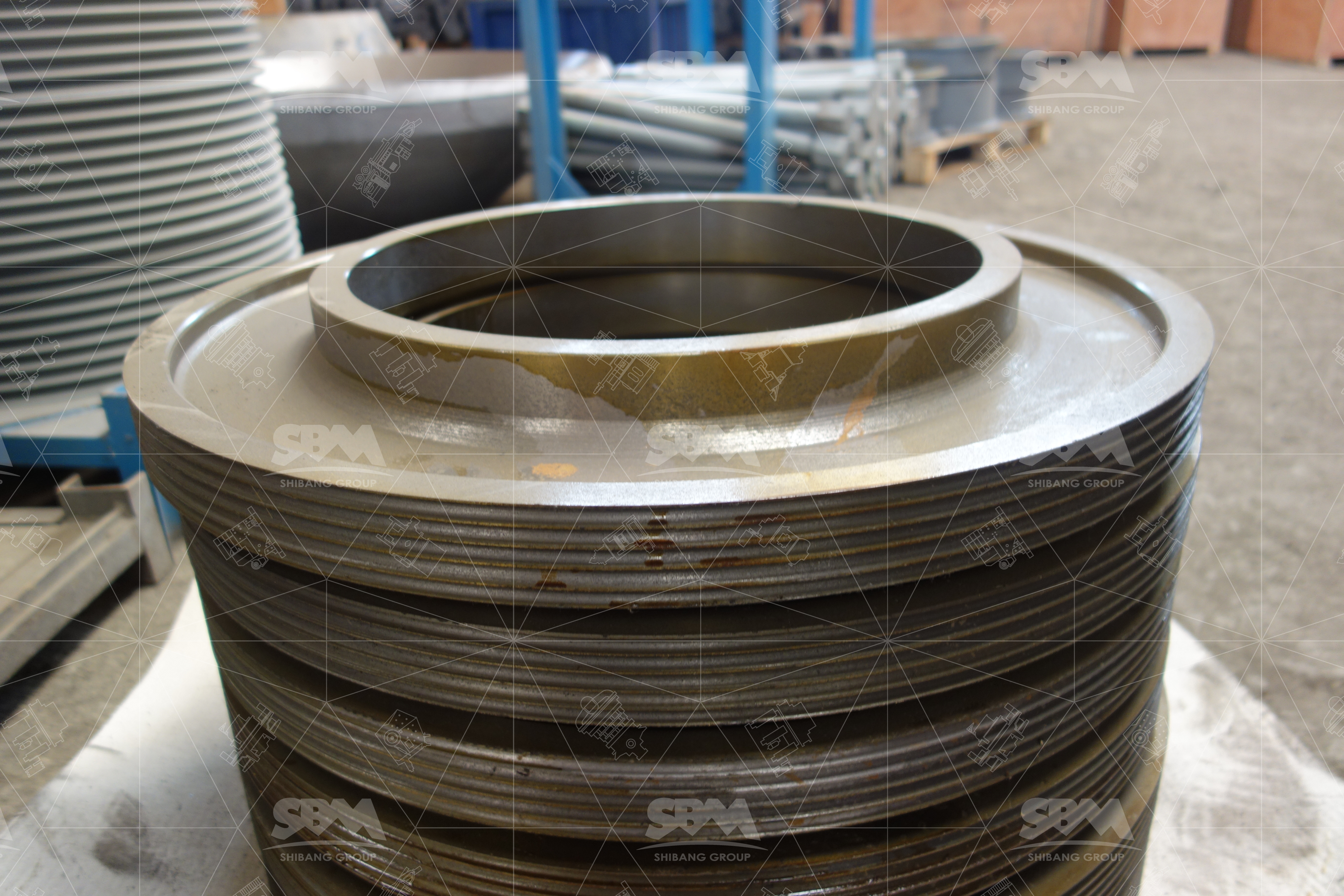Abstract: Proper feed size is a primary control on crusher performance, reliability and cost. This article explains why feed size matters, shows practical data, and gives clear selection guidance based on manufacturer product parameters and field practice.

Feed size means the maximum and distribution of rock or ore entering a crusher. First, it determines how the material breaks. Second, it sets crushing stages. Third, it affects throughput, wear, and energy use. Therefore feed size must match crusher design and the downstream process.
Crushers reduce particle size by compressive, impact, or shear forces. Jaw and gyratory types use compression. Cone crushers use compressive and laminar crushing in a chamber. Impact and hammer crushers use impact and attrition. When feed is too large, the crushing chamber is overloaded. Conversely, when feed is too fine, capacity falls and product shape suffers.
Operators must check these items; feed size, crusher chamber type, closed side setting (CSS), eccentric speed, rotor speed, and motor power matching. Each parameter interacts. For example, CSS controls product size and tramp clearance. Also, rotor speed affects impact crushers’ gradation and fines. Motor power must match the expected load to avoid stalls.
Below table shows representative ranges used for selection and plant design. Use it as a working reference, not as the only source.
| Crusher type | Max feed (mm) | Typical capacity (t/h) |
|---|---|---|
| Jaw / primary | ~930×580 opening; max feed ~700–1200mm | 50–1000 |
| Cone / secondary | max feed 215 mm; product 3–64 mm | 36–650 |
| Impact | max feed up to 800 mm | 60–2000 |
| Hammer | feed ≤1000 mm (heavy series), or ≤300 mm (PCX) | up to 3000 |
These figures come from manufacturer product specifications and application notes; they are typical of modern designs. Use them to align feed preparation and screening.

Smaller feed usually raises throughput for crushers sized for fine reduction. However, too small feed can increase fines and reduce usable product. Moreover, when feed is oversized, crushers see higher peak loads. Consequently motors draw more power. In practice, matching feed gradation to crusher chamber lowers specific energy consumption. Field data confirms that correct feed sizing reduces power draw and improves uptime.
Feeding oversized rocks increases liner wear. Next, jaw plates and mantle face rapid fatigue. Therefore maintenance intervals shorten. In contrast, stable, well-graded feed extends liner life. Also, screening out tramp and oversize reduces unplanned shutdowns. From experience, planned maintenance intervals can double with correct feed preparation, and downtime falls substantially.
Crushers produce different shapes. Impact crushers typically give better cubical product. Cone crushers give a gradation suitable for sand and aggregates after shaping. However, if feed is too fine or contains many slabs, shape and packing change. As a result, downstream classifiers, screens, and conveyors may clog. Proper feed control ensures consistent product and fewer downstream surprises.
First, always measure incoming feed size distribution. Second, use a primary crusher that accepts the true top size. Third, install a scalping screen when necessary. Fourth, set CSS to achieve target product. Fifth, match motor power to worst-case loading plus margin. Sixth, prefer crushers with adjustable chambers for flexibility. Seventh, monitor particle-size distribution and energy continuously.
At a gravel plant, feed spikes of large slabs caused repeated cone trips. Consequently throughput dropped 20% for weeks. After adding a robust vibrating scalper and a grizzly, oversized pieces were removed. Then the cone ran with stable feed. Production rose; liner wear fell. This shows simple feed control changes deliver quick returns.
Record these metrics daily: feed gradation by sieves, feed max size, feed moisture, crusher power draw, operating CSS, product PSD, and liner wear. Then analyse trends. Use these records to set thresholds and alarms. In my practice, simple trend lines reveal overload events before failure.

In short, proper feed size is not optional. Correct feed protects equipment, raises capacity, lowers energy, and improves product. First, measure feed. Second, match crusher type and chamber. Third, provide screening. Fourth, monitor continuously. Do this and you will cut costs, reduce risk, and deliver steady production. Be decisive; make feed control the first line of defence.
Whatsapp:+8617329420102
Email: [email protected]
Address: No. 1688, Gaoke East Road, Pudong new district, Shanghai, China.
Online Service : Get Price
We value your feedback! Please complete the form below so that we can tailor our services to your specific needs.
